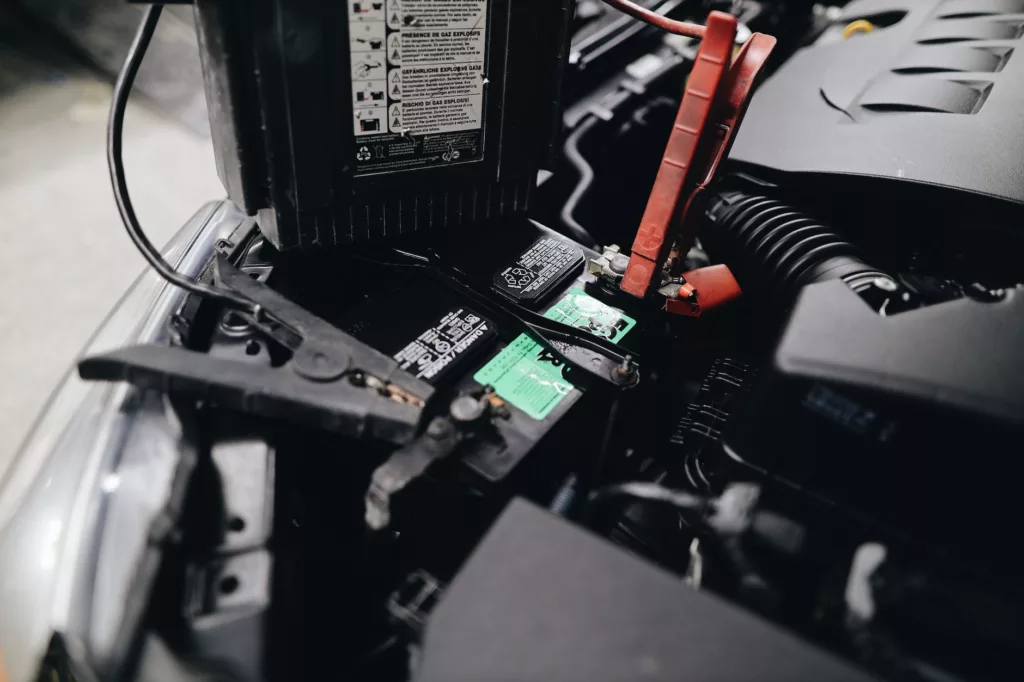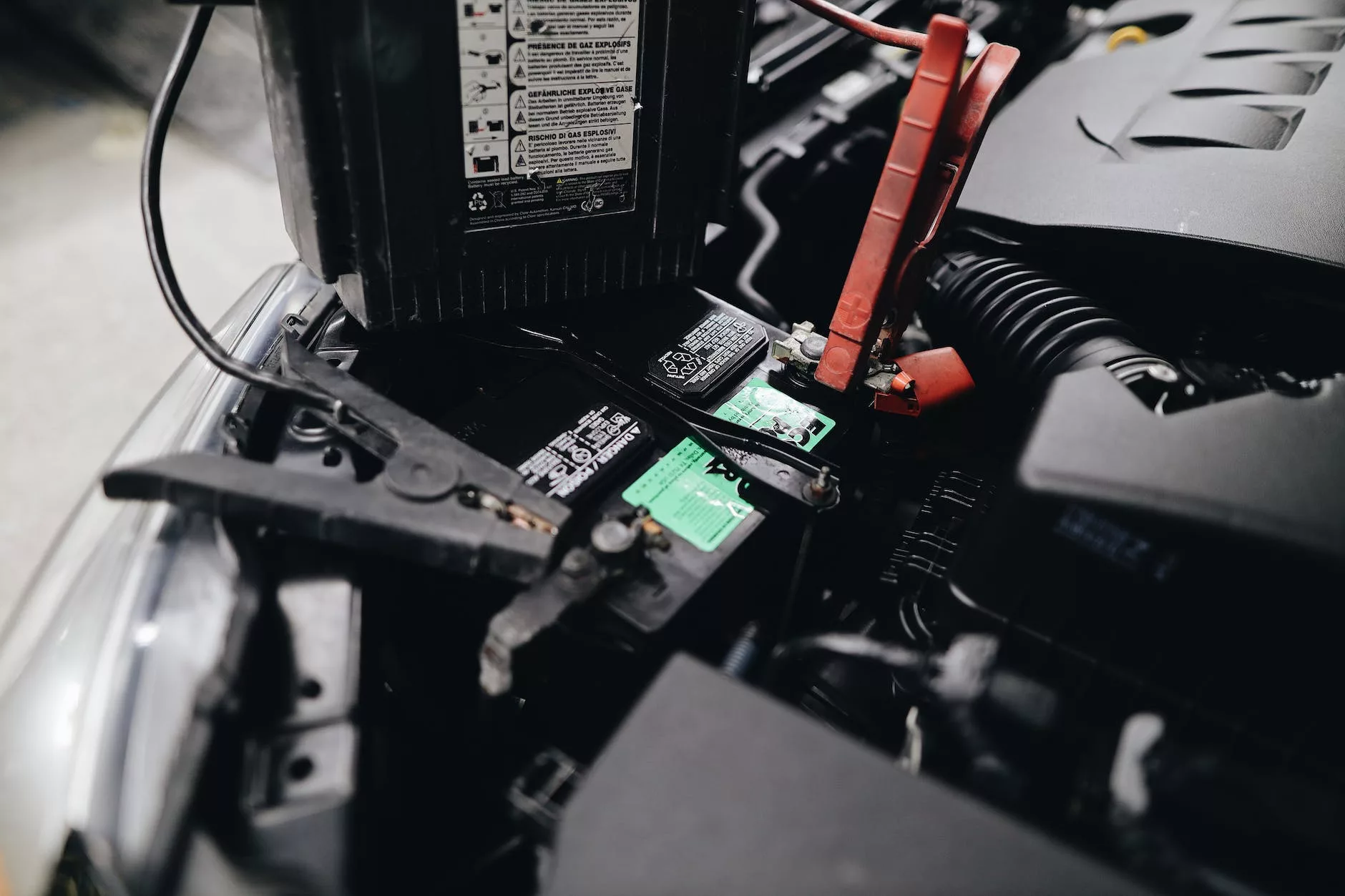- Top 5 Tyre Pressure Monitoring Systems (TPMS) and Why You Need One - June 15, 2024
- What Causes Flat Spots on Tyres and How To Fix Them - October 9, 2023
- How Long Do Car Tyres Last? A Simple Guide to Tyre Longevity - August 19, 2023
When it comes to our electronic devices, one thing we heavily rely on is the battery. From smartphones to laptops, tablets to cameras, batteries power our daily lives. However, over time, these batteries begin to lose their efficiency and eventually need to be replaced. In this comprehensive guide, we will delve into the world of battery replacement, exploring why it is necessary, how it can be done effectively, and some FAQs that may arise along the way.

Why is Battery Replacement Important?
Our devices are only as good as their batteries. Over time, batteries deteriorate and lose their ability to hold a charge. This results in decreased battery life and can greatly hinder the performance of our favorite gadgets. By replacing the battery, we can restore the device’s original battery life and ensure it remains functional throughout the day.
Signs that Indicate a Battery Replacement is Needed
Before rushing out to replace your device’s battery, it’s essential to identify whether a replacement is truly necessary. Here are some telltale signs that indicate it’s time for a battery replacement:
- Drastically reduced battery life: If your device’s battery drains much faster than before, it could be a clear indicator that a replacement is needed.
- Random shutdowns: Is your phone or laptop shutting down unexpectedly? This could be due to an aging battery that can no longer provide a consistent power supply.
- Slow charging: If your device takes unusually long to charge or struggles to reach a full charge, a new battery may be the solution.
- Overheating: Batteries nearing the end of their lifespan may generate more heat than usual, leading to overheating issues.
How to Replace a Battery: A Step-by-Step Guide
Replacing a battery may seem like a daunting task, but with the right tools and instructions, it can be a straightforward process. Here’s a step-by-step guide to help you through it:
Step 1: Gather the Necessary Tools
Before you begin the battery replacement process, make sure you have the following tools:
- Screwdriver set
- Plastic spudger or opening tool
- Replacement battery (compatible with your device)
- Adhesive strips or adhesive glue
Step 2: Prepare for the Replacement
- Back up your data: Before starting any repair work, it’s crucial to back up all your important data to prevent any loss during the process.
- Power off your device: Ensure that your device is turned off before proceeding to avoid any potential damage.
Step 3: Open the Device
- Remove any external screws: Most devices have screws holding the back cover in place. Use the appropriate screwdriver to remove these screws.
- Insert the plastic spudger: Gently insert the plastic spudger or opening tool into any visible gaps or seams along the device’s edges.
- Carefully pry open the device: Apply gentle pressure and slowly work your way around the edges, separating the front and back of the device.
Step 4: Replace the Battery
- Locate the battery: Once the device is open, locate the battery. It is usually held in place with adhesive strips or screws.
- Disconnect the battery: If the battery is connected via a cable, carefully unplug it from the device’s motherboard.
- Remove the old battery: Lift or slide out the old battery from its compartment, taking care not to damage any other components.
- Install the new battery: Insert the new battery into the compartment, ensuring it is properly aligned.
- Reconnect the battery: If necessary, reconnect the battery cable to the motherboard.
Step 5: Close the Device
- Align the front and back covers: Carefully align the front and back covers of the device, ensuring all ports and buttons are properly aligned.
- Apply light pressure: Apply light pressure along the edges until you hear or feel a reassuring click, indicating that the device is securely closed.
- Replace any screws: Use the screwdriver to replace any screws that were removed during the opening process.
Step 6: Test the New Battery
- Power on your device: After replacing the battery and securing the device, power it on and check for any error messages or abnormal behavior.
- Monitor battery performance: Use your device as you normally would and observe if the battery life has significantly improved.
FAQs about Battery Replacement
- Q: Can I replace my device’s battery myself?
A: Yes, with the right tools and instructions, you can replace most device batteries yourself. - Q: Is it better to get a professional to replace my battery?
A: If you’re unsure or uncomfortable with DIY repairs, seeking professional assistance is always a good option. - Q: How often should I replace my device’s battery?
A: Battery lifespan varies depending on usage and device model. On average, batteries may need to be replaced every 2-3 years. - Q: Can I use a third-party battery replacement?
A: While third-party batteries can be more affordable, it’s important to ensure they are compatible with your device to avoid potential damage. - Q: How long does it take to replace a battery?
A: The time required for a battery replacement can vary depending on the device and your familiarity with the process. It can range from 30 minutes to a few hours. - Q: Are there any risks involved in replacing a battery myself?
A: If not done carefully, there is a risk of damaging other components or voiding your device’s warranty. Follow instructions diligently to minimize risks.
Conclusion
Battery replacement is a crucial step in maintaining the longevity and functionality of our electronic devices. By recognizing the signs that a battery replacement is needed and following the proper steps to replace it, we can ensure our devices continue to serve us well. Whether you choose to replace the battery yourself or seek professional help, the improved battery life will undoubtedly enhance your overall user experience.

